Things You'll Need
#0000 Steel Wool
Hand buffing pad (optional)
Portable drill with buffing pad attachment
Marble polish
1 gallon of soft or distilled water
Soft towels
Tanned leather (optional)
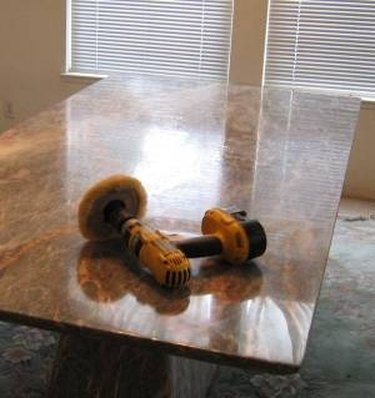
Marble is a beautiful stone that is also a bit soft or fragile. It is more porous than granite, and some marble has strong graining where the minerals are different. These natural features of marble make it a little more vulnerable to scratching and staining. While deep scratches are beyond the repair of most homeowners, shallow scratches can often be improved.
Step 1
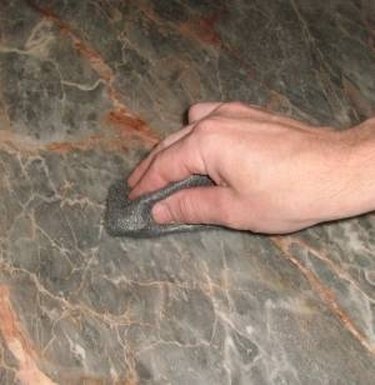
Wipe your marble surface clean of any grit and remove any stains using marble specific cleaning products. In general, these are neutral pH cleansers with no abrasives.
Video of the Day
Step 2
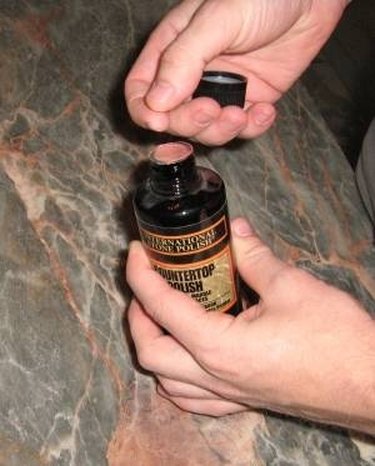
Gently use your steel wool along the scratch. The basic idea with polishing is to turn big scratches into little scratches. High shine polished marble is a super-fine scratched surface that to our eyes appears to have no scratches. Your marble should have a sealer surface treatment, and the steel wool will affect this so limit your rubbing area to just where the worse scratches are.
Step 3
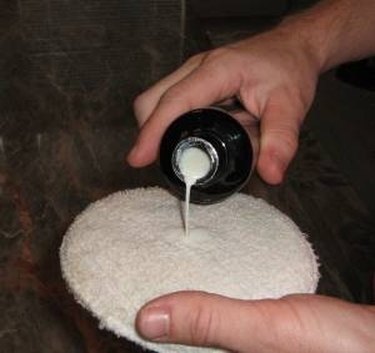
Clean any area you have used steel wool on. Any steel bits left on the surface can rust and may become embedded in the marble. Shake your polish and apply a generous amount to a hand buffing pad. I prefer to hand buff a bit first.
Step 4

Apply polish to your entire marble surface and allow the polish to dry.
Step 5
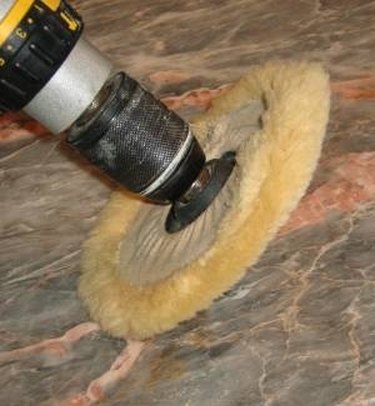
Use your drill (buffer) to bring the shine back up. Basically the polish, once dry, has a super-fine abrasive that, when rubbed briskly in a circular motion with the power buffer, will act like an extra tiny sandpaper (those smaller scratches mentioned earlier) and the result will be an improved marble appearance.
Step 6

Use soft or distilled water to wash off any residue. Dry thoroughly to prevent streaks.
Tip
Your marble may need to be resealed. To test this, pour a quarter size spot of water on the surface and wait for 20 minutes. When you wipe it off, is the marble a different color in that spot? If so, or if the water doesn't seem to bead up properly, you are probably a good candidate for sealant. Use a marble specific sealer. Preventing scratches and stains is the best practice. Do not allow any liquid or dirt to sit on a marble surface. Dusting marble is a good way to keep scratches down. If you use a decorative element on top of marble try to rest it on felt pads or rubber pads to protect the marble surface.
You can use the raw side of tanned leather to polish fine marble. This is one of the ways it was done in ancient times.
Warning
Deep scratches on marble surfaces are beyond the ability of most homeowners.
Having marble refinished is costly and can be quite messy if the marble is fixed into place, such as on a countertop.
Video of the Day